Most homemade vanilla cakes miss the mark. They’re either too dry or turn out dense, even when you follow the recipe exactly. I used to think I was the problem—until I realized the issue wasn't me. It was the method.
After testing dozens of top-rated vanilla cake recipes, I discovered the real secret isn’t just the ingredients. It’s how you mix them. Some methods give you a fine, wedding-style crumb. Others create a fluffy, box-mix feel using real ingredients. This guide breaks it all down for you.
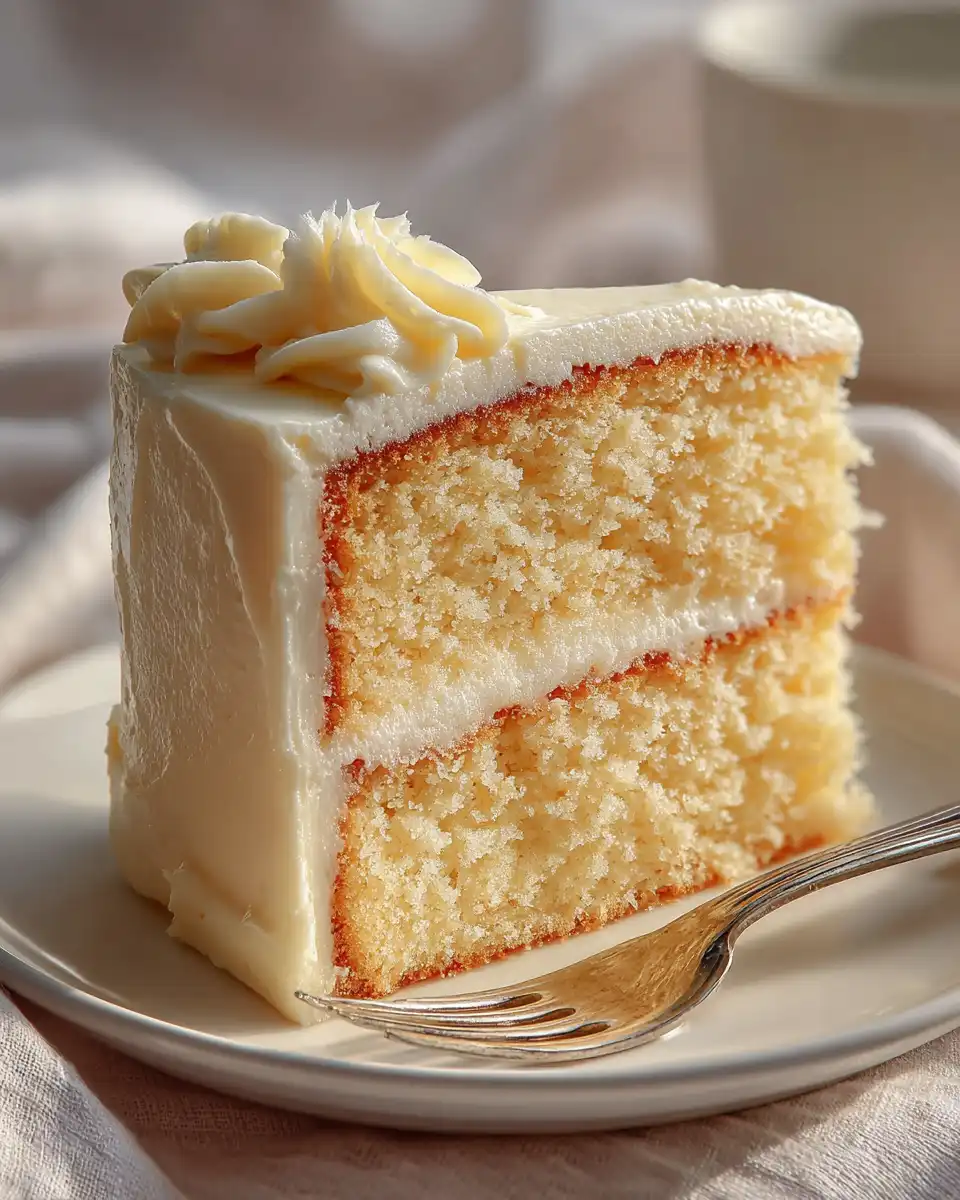
By the end of this article, you won’t just have one vanilla cake recipe. You’ll understand professional baking method and how to get the exact texture you love.
Jump to:
Why You'll Love This Recipe
- This is more than a recipe. It's a full baking guide designed to make sure your vanilla cake comes out perfect every time. Whether you're a beginner or a seasoned baker, the step-by-step instructions and visual cues remove all the guesswork.
- You get a moist, flavorful vanilla cake with a soft crumb that stays fresh for days. The rich vanilla taste shines through in every bite, making it perfect for birthdays, weddings, or everyday treats.
- With just one master recipe, you can create layer cakes, sheet cakes, cupcakes, or even bundt cakes. It’s flexible, reliable, and completely customizable to fit your occasion.
Ingredients You'll Need
For the dry base
- 1 and ¾ cups cake flour (make sure it's not self-rising)
- 1 and ½ teaspoons baking powder
- ½ teaspoon baking soda
- ½ teaspoon salt
For the sugar and flavor
- 1 cup granulated sugar
- Seeds from 1 whole vanilla bean (split and scraped)
For the fats and dairy
- ¼ cup unsalted butter, softened to room temperature
- ⅓ cup full-fat sour cream
- ¼ cup canola oil
- ⅔ cup whole milk
For the eggs and vanilla
- 2 large eggs, room temperature
- 1 tablespoon pure vanilla extract
Use room temperature ingredients for best results. This helps the batter mix evenly and rise properly in the oven.
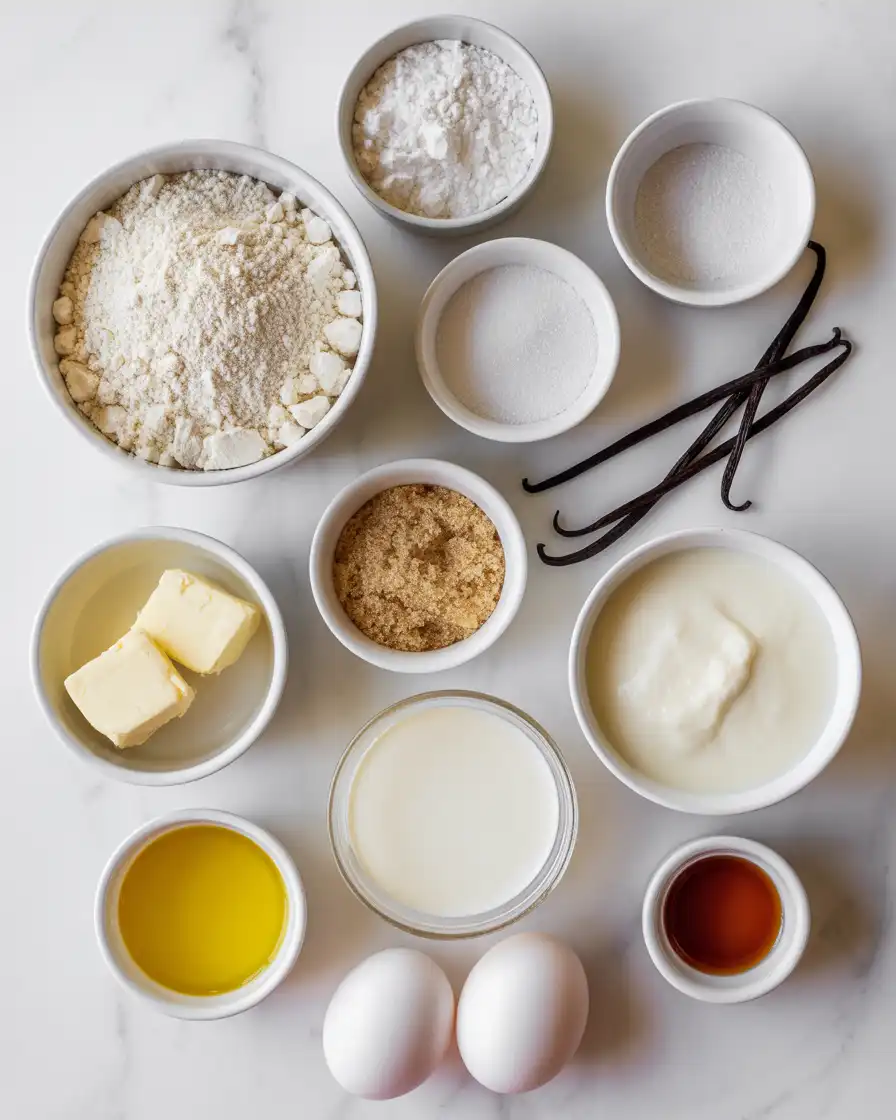
How to Make the Best Vanilla Cake
Step 1: Preheat and prepare
Set your oven to 350°F or 175°C. Grease two 8-inch round cake pans. Line the bottoms with parchment paper and dust the sides lightly with flour to prevent sticking.
Step 2: Make vanilla sugar
In a small bowl, combine the granulated sugar with the seeds from the vanilla bean. Use the back of a spoon to press and mix them together. This helps the sugar absorb the vanilla aroma. Set aside.
Step 3: Mix the dry ingredients
In a large mixing bowl or the bowl of a stand mixer, whisk together the cake flour, baking powder, baking soda, and salt. Add the vanilla sugar to this mix and stir until combined.
Step 4: Add the butter
Drop the softened butter into the flour mixture. Beat on medium-low speed for about three minutes. You should see a fine, crumbly texture forming. This coats the flour in fat and helps with tenderness.
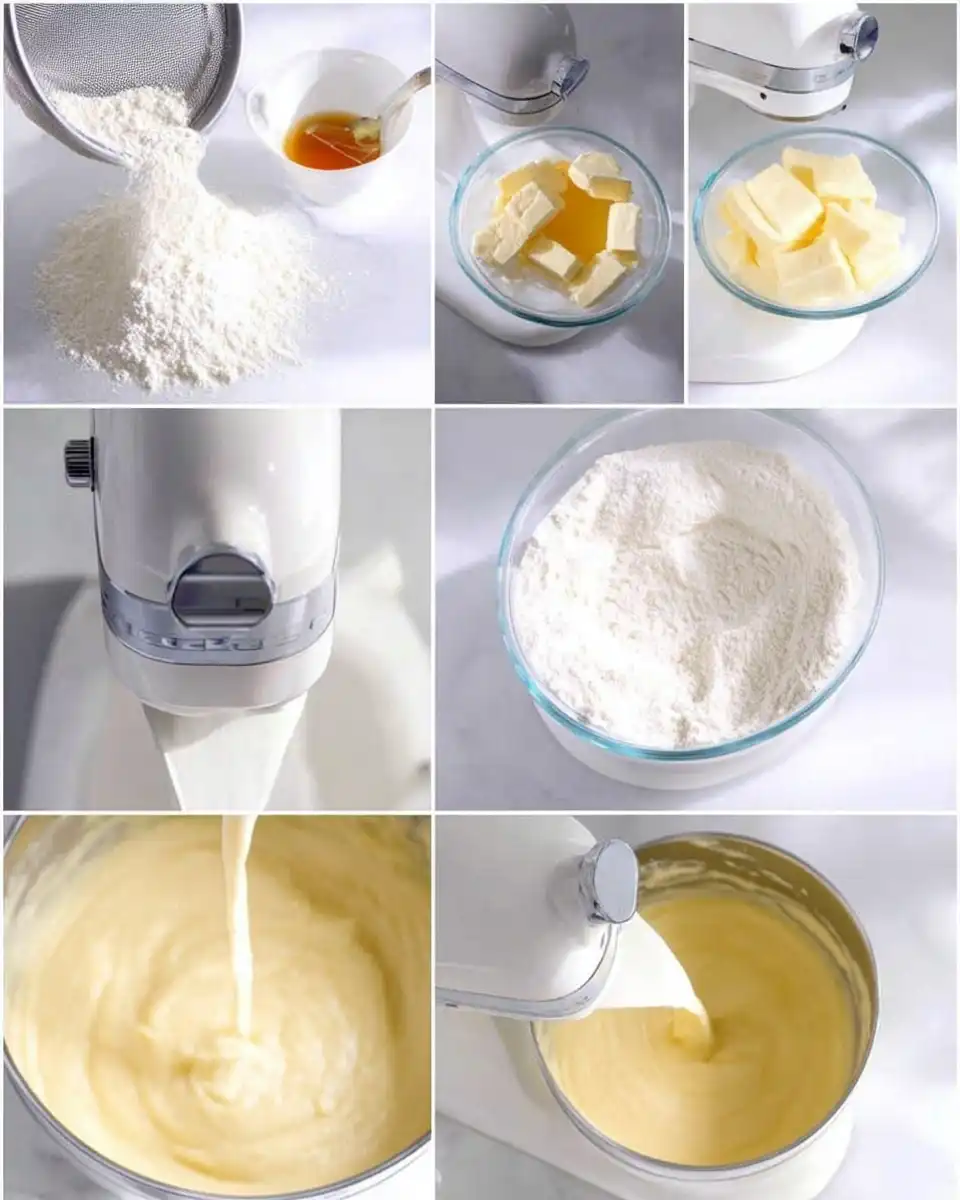
Step 5: Combine the wet ingredients
In a separate bowl, whisk together the eggs, sour cream, canola oil, and vanilla extract until the mixture is smooth and uniform in color.
Step 6: Mix wet into dry
Pour the egg mixture into the bowl with the flour and butter. Beat on medium speed until just combined. Scrape down the sides of the bowl to catch any dry patches.
Step 7: Add the milk
Slowly pour in the milk while mixing on low speed. The batter will look thin and slightly runny. This is normal and helps create a light texture once baked.
Step 8: Fill and bake
Divide the batter evenly between the two prepared pans. Smooth the tops with a spatula. Place in the oven and bake for about 20 minutes. Check with a toothpick; it should come out with moist crumbs, not wet batter.
Step 9: Cool completely
Once baked, set the pans on a wire rack. Let the cakes cool in the pans for 10 to 15 minutes, then remove them and let them cool fully on the rack. Refrigerate the layers before frosting. This makes them easier to handle and stack.
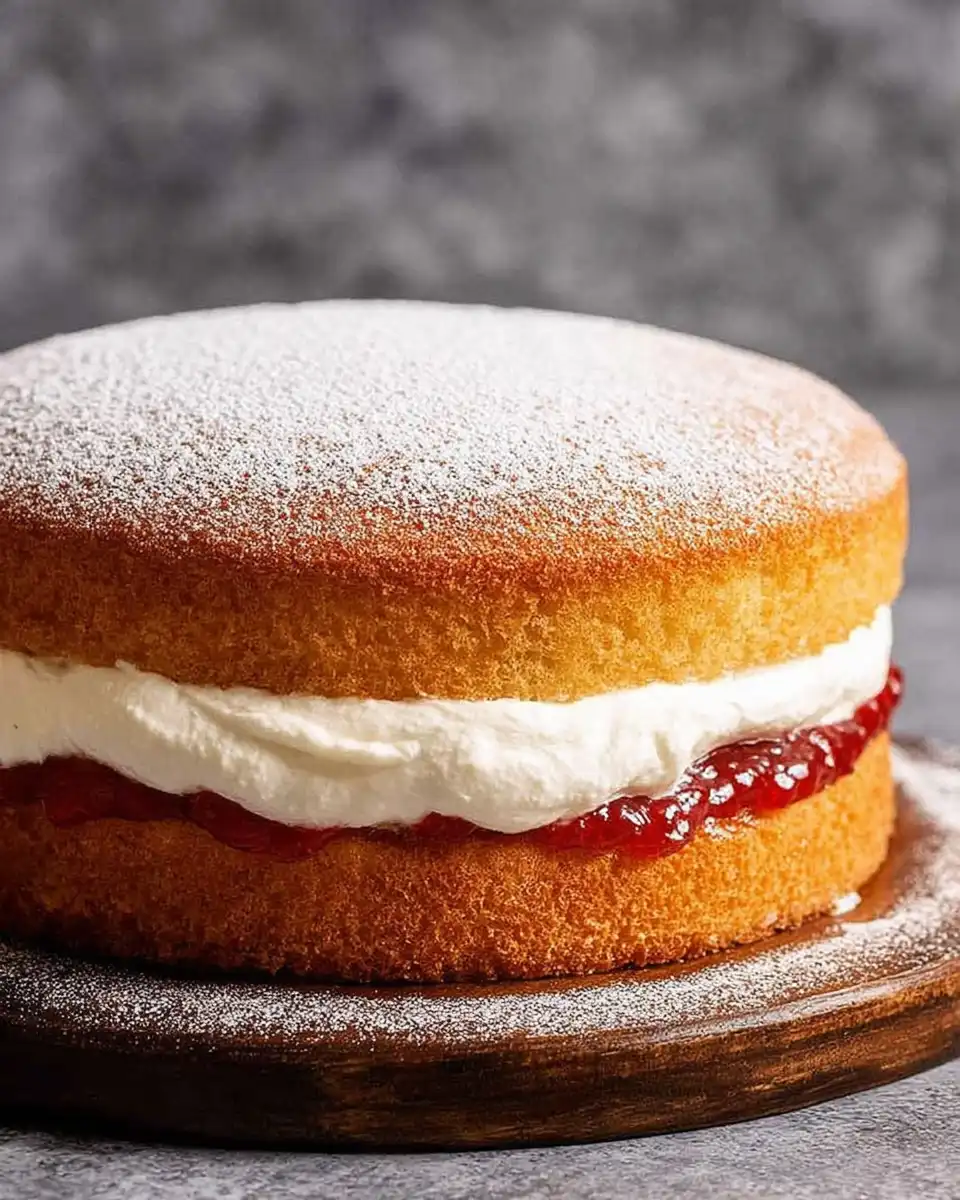
Pro Tips from My Kitchen
Before You Start
- Measure with care: Spoon your flour into the measuring cup and level it off with a knife. Better yet, use a kitchen scale for perfect accuracy. Too much flour leads to dry cake.
- Bring everything to room temperature: Cold ingredients don’t mix well. They can cause the batter to split or stay lumpy, which affects the cake's rise and texture.
- Prep your pans like a pro: Grease the sides, line the bottom with parchment, then dust lightly with flour. This ensures the cake releases cleanly without tearing.
While Baking
- Mix just enough: Once you add the eggs and milk, mix only until everything is combined. Overmixing strengthens gluten, which can make the cake tough.
- Know the signs of doneness: Look for a toothpick that comes out with a few moist crumbs. The center should spring back when lightly pressed. The cake will also start to pull away from the pan’s sides.
After Baking
- Use the upside-down cooling trick: Once your layers are slightly cool, flip them upside down on the rack. This flattens the tops naturally, making stacking easier and preventing domes.
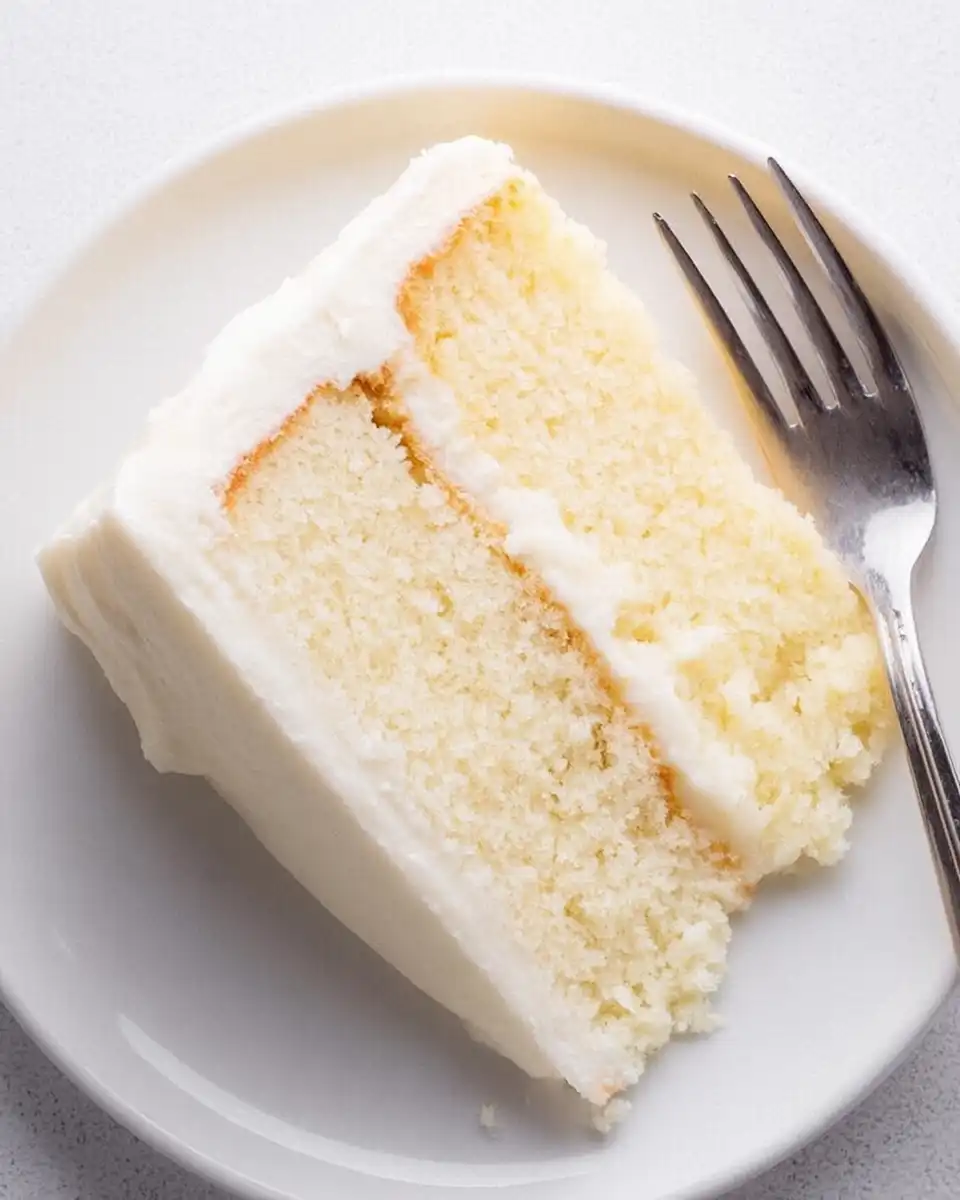
Frequently Asked Questions about Vanilla Cake
This usually comes from a few common mistakes. Overbaking pulls too much moisture from the cake. Using too much flour, especially if it's packed into the cup, makes the batter too heavy. Cold ingredients don’t mix evenly, which can cause the structure to break down. Also, overmixing the batter can develop too much gluten, resulting in a dense texture.
Your cake might have been underbaked or removed from the oven too soon. Opening the oven door during baking can cause the structure to collapse. Using expired baking powder or soda can also reduce the rise. Always check your leavening agents before starting.
Yes, but the texture will change. All-purpose flour has more protein, which makes the crumb firmer and less tender. For a softer texture, try replacing two tablespoons of each cup of all-purpose flour with cornstarch.
You can. Use a dairy-free yogurt or sour cream alternative in place of regular sour cream. Swap the milk for almond milk, oat milk, or another plant-based option. Use dairy-free butter for the fat. Just make sure all substitutes are full-fat and unsweetened for the best result.
For cupcakes, fill liners two-thirds full and bake at 350°F for 18 to 20 minutes. For a 9x13 pan, bake for 30 to 35 minutes. For a bundt pan, bake for 40 to 50 minutes. Always test for doneness with a toothpick to be sure.
Once cooled, wrap the layers tightly in plastic wrap. Store at room temperature for up to two days or in the fridge for up to five. Always bring it back to room temperature before serving. The flavor and texture are best when the cake isn’t cold.
Absolutely. Once the layers have cooled, wrap them tightly in plastic wrap, then in foil. Freeze for up to two months. Thaw them in the fridge overnight, then let them come to room temperature before decorating or serving.
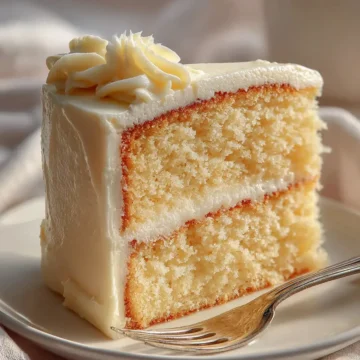
Vanilla Cake Recipe
Ingredients
For the dry base
- 1.75 cups cake flour not self-rising
- 1.5 teaspoons baking powder
- 0.5 teaspoon baking soda
- 0.5 teaspoon salt
For the sugar and flavor
- 1 cup granulated sugar
- 1 vanilla bean seeds from 1 whole bean
For the fats and dairy
- 0.25 cup unsalted butter softened to room temperature
- 0.33 cup full-fat sour cream
- 0.25 cup canola oil
- 0.66 cup whole milk
For the eggs and vanilla
- 2 large eggs room temperature
- 1 tablespoon pure vanilla extract
Instructions
- Preheat the oven to 350°F (175°C). Grease two 8-inch round cake pans. Line the bottoms with parchment paper and dust the sides with flour.
- In a small bowl, mix the granulated sugar with the scraped seeds from the vanilla bean. Use the back of a spoon to blend well. Set aside.
- In a large bowl or stand mixer, whisk together cake flour, baking powder, baking soda, and salt. Stir in the vanilla sugar until combined.
- Add the softened butter and beat on medium-low speed for about 3 minutes, until the mixture resembles fine crumbs.
- In a separate bowl, whisk eggs, sour cream, canola oil, and vanilla extract until smooth.
- Pour the egg mixture into the flour-butter mixture and beat on medium speed until just combined. Scrape the bowl as needed.
- Slowly add the milk while mixing on low speed. Batter will be thin and slightly runny.
- Divide the batter evenly between pans. Smooth the tops. Bake for about 20 minutes or until a toothpick comes out with moist crumbs.
- Cool the cakes in the pans for 10–15 minutes, then remove and place on a wire rack to cool completely. Refrigerate before frosting.
Notes
- Always use room temperature ingredients for best results.
- Don’t overmix the batter once liquid is added.
- To flatten domed tops, flip cake layers upside down while cooling.

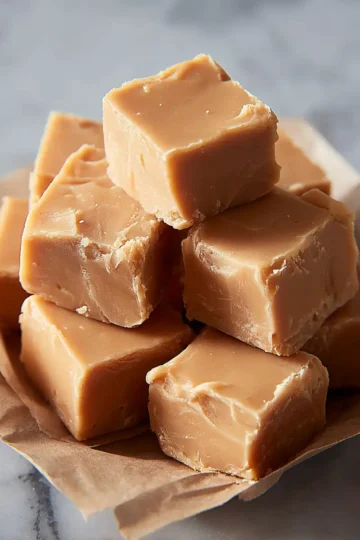
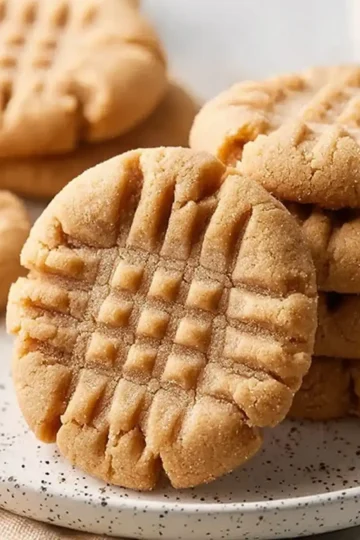

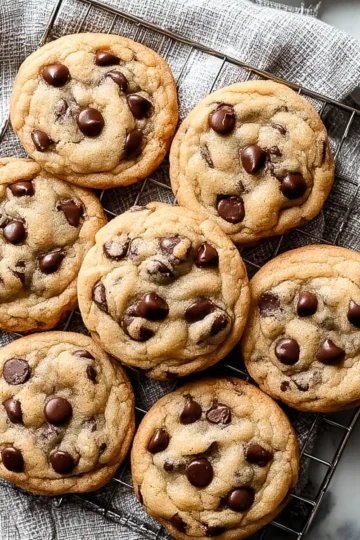
Leave a Reply